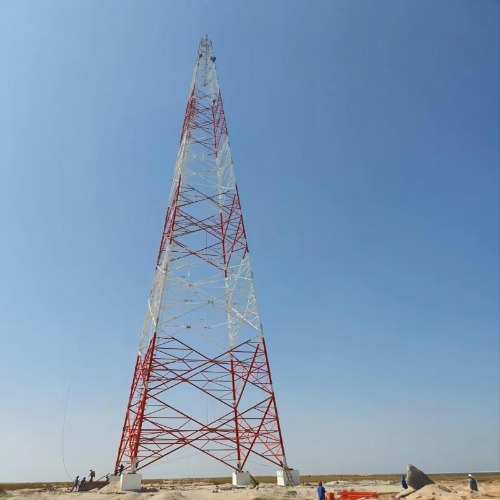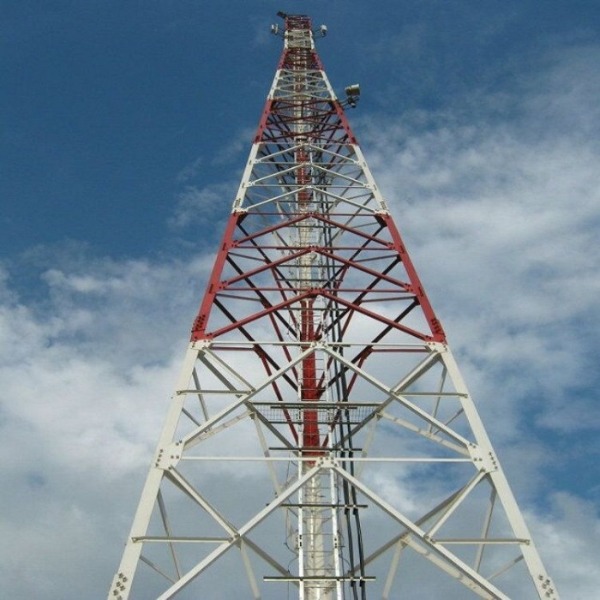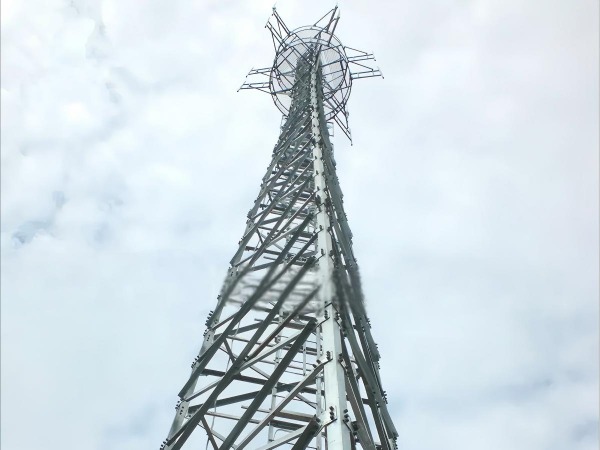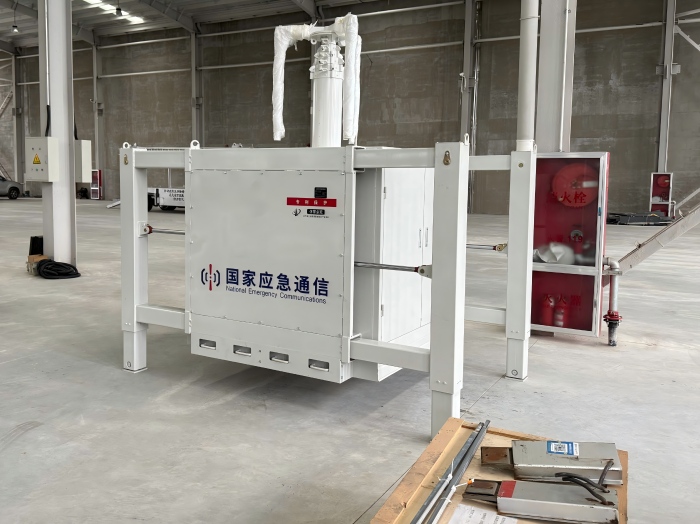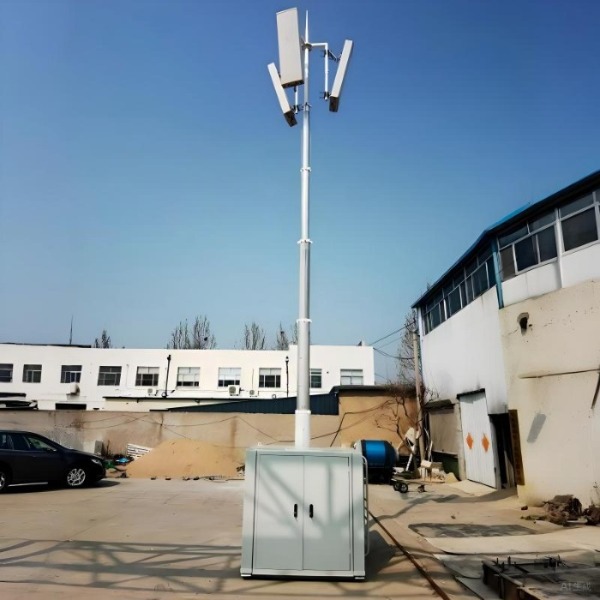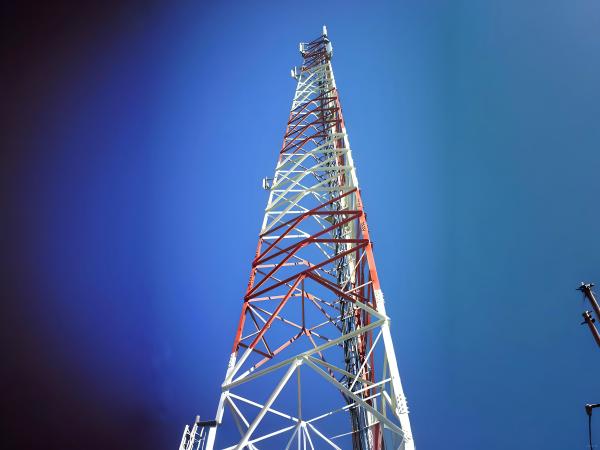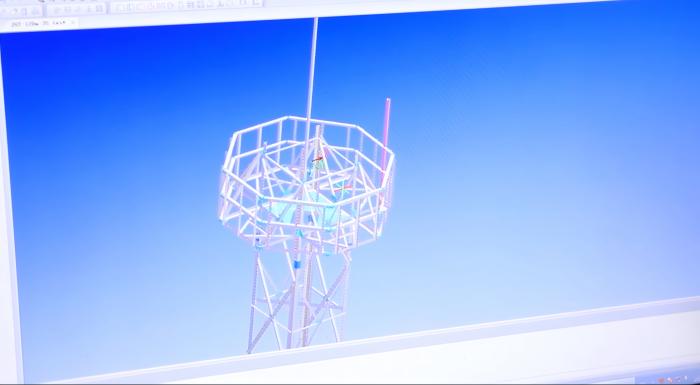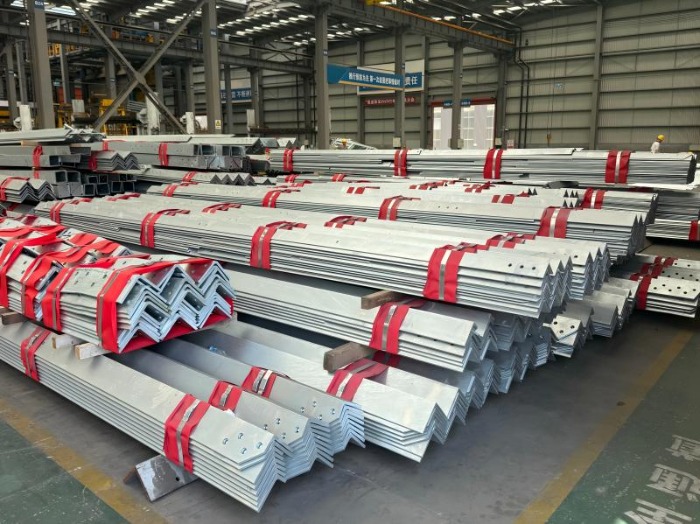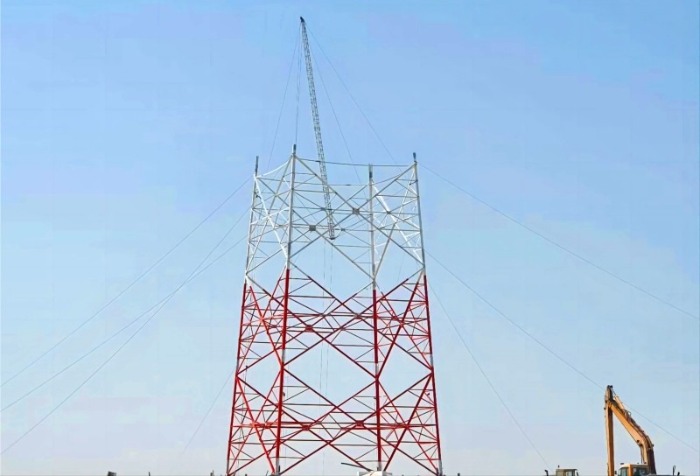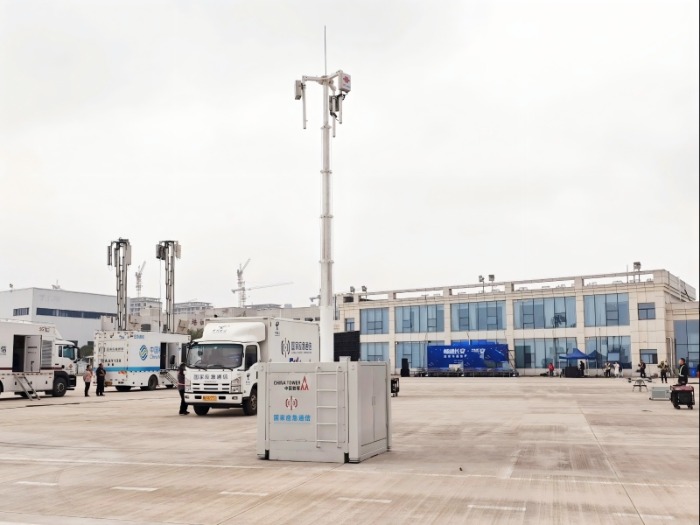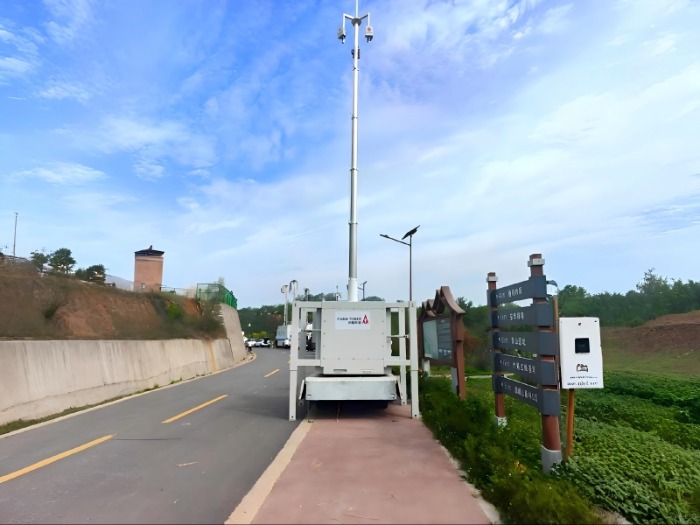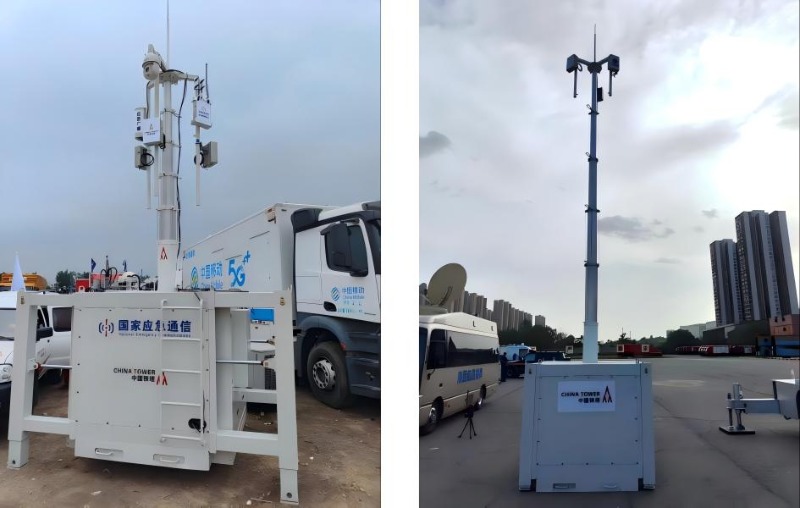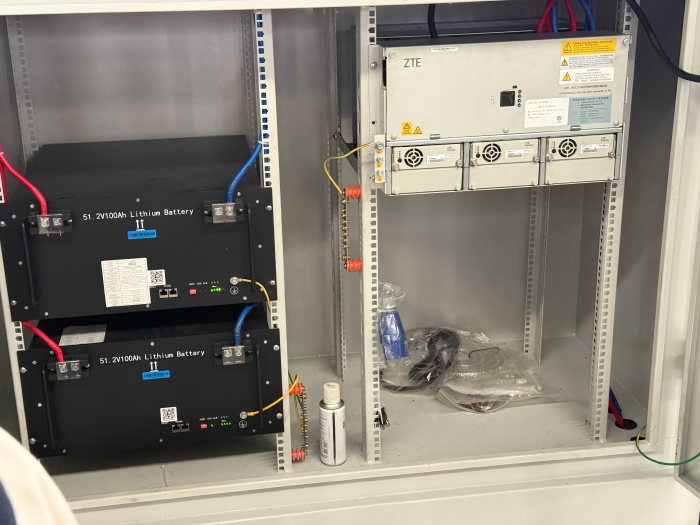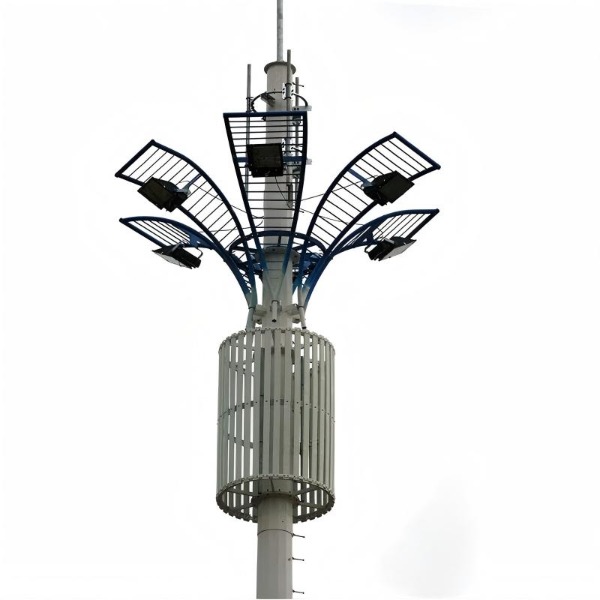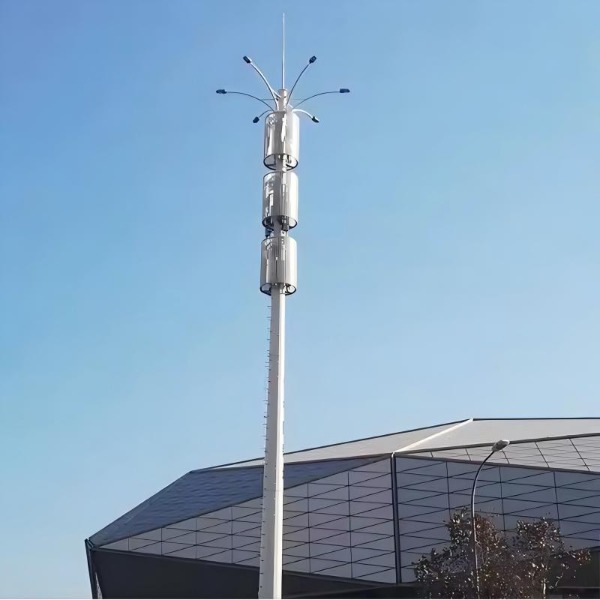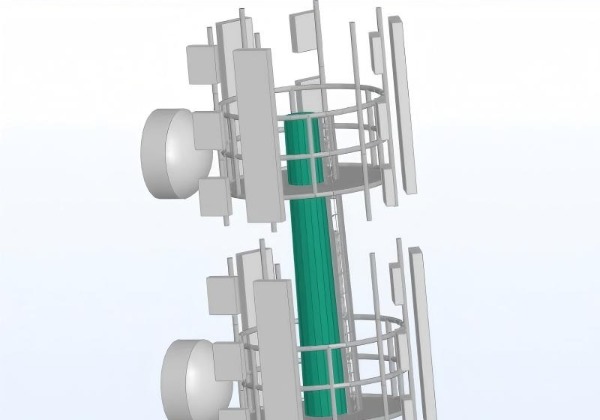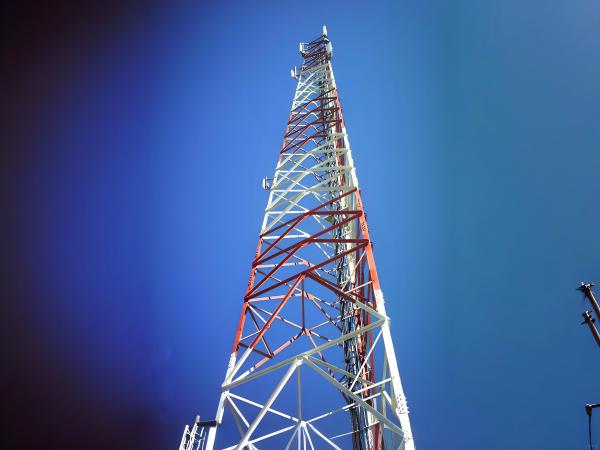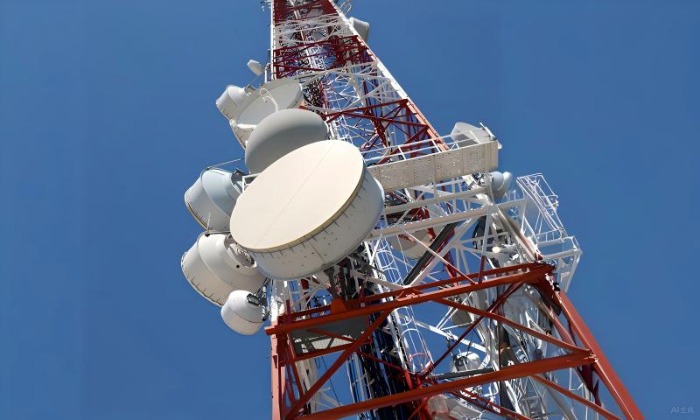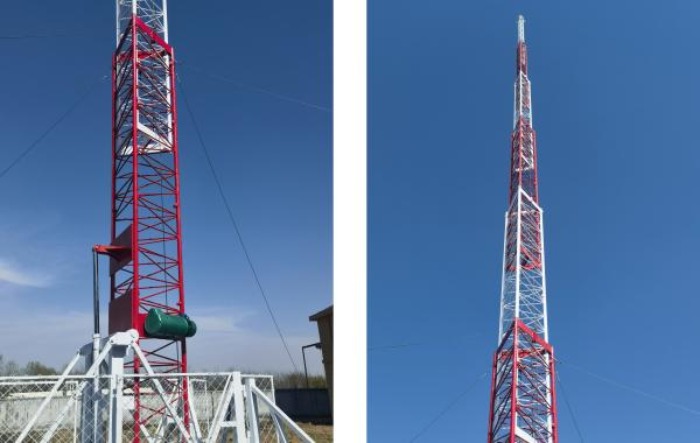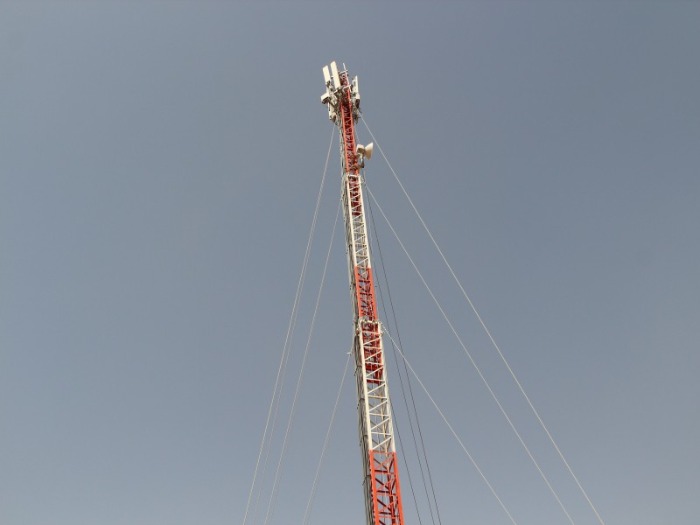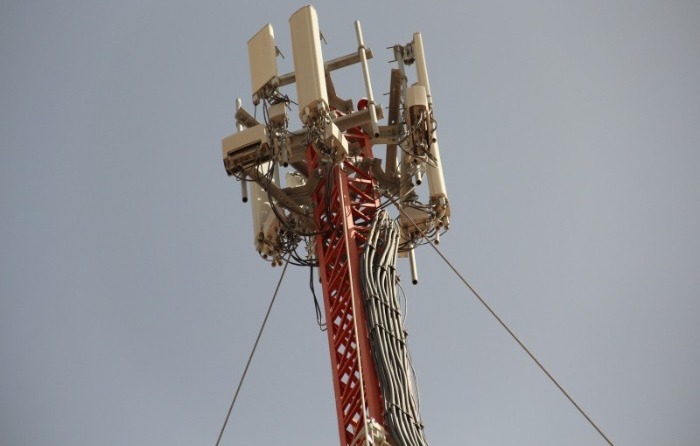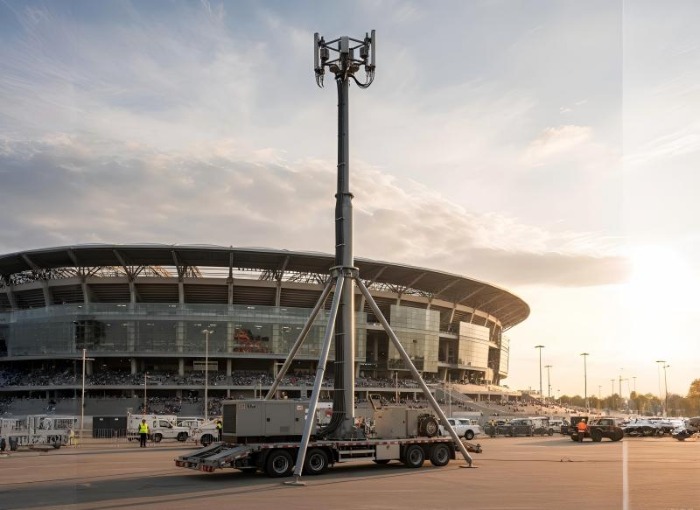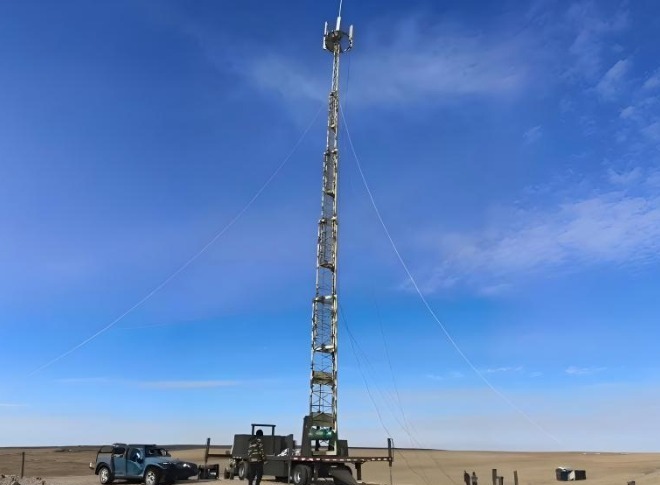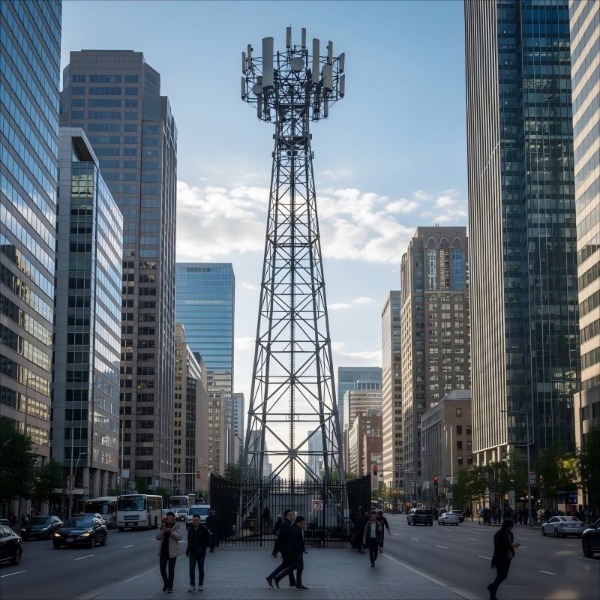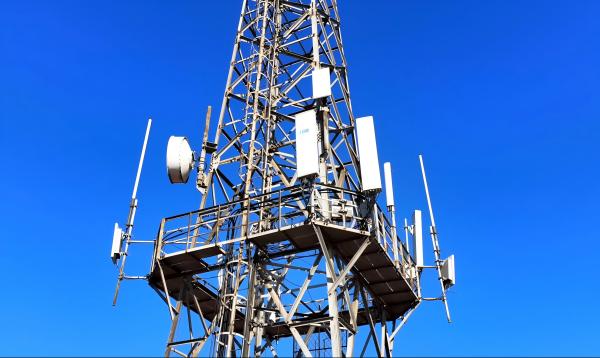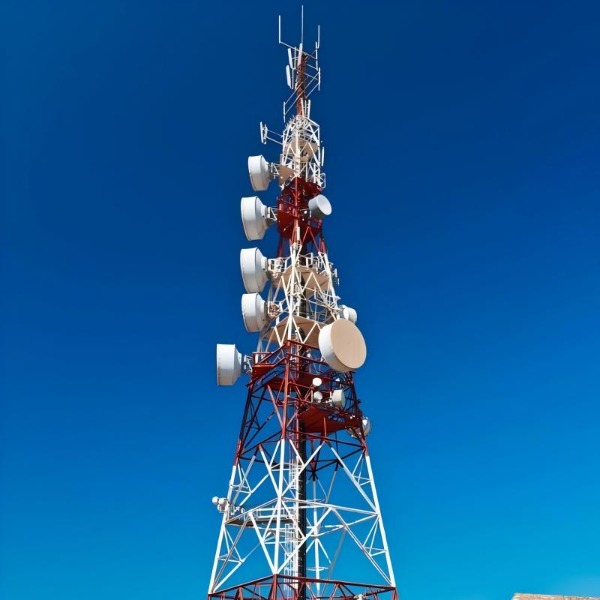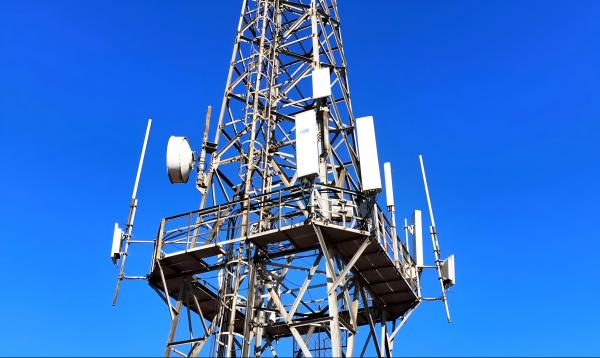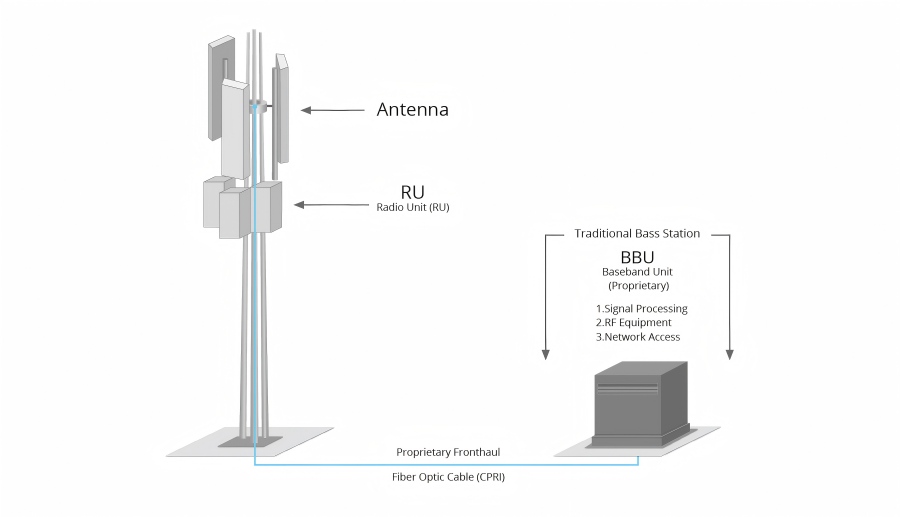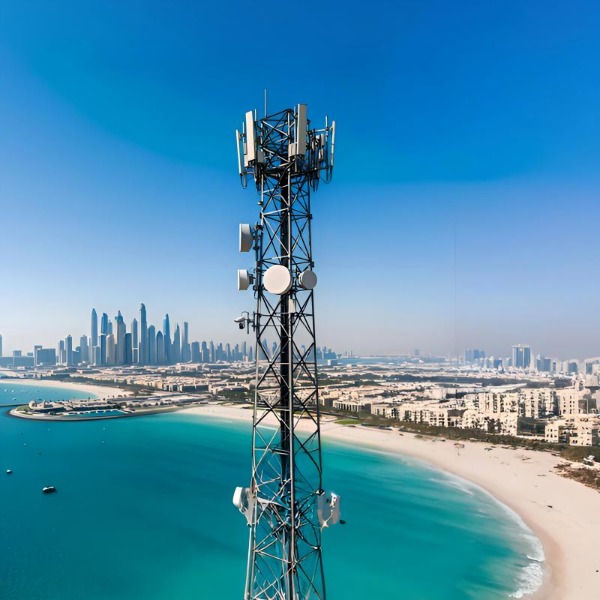As telecommunications networks evolve to support 5G and future generations of wireless technology, the demand for taller towers continues to grow. While conventional towers typically max out around 80 meters, next-generation networks require structures that can reach 100 meters and beyond. Enter the 4-legged angle steel tower – an engineering solution specifically designed to break through conventional height limitations while maintaining structural integrity and operational reliability.
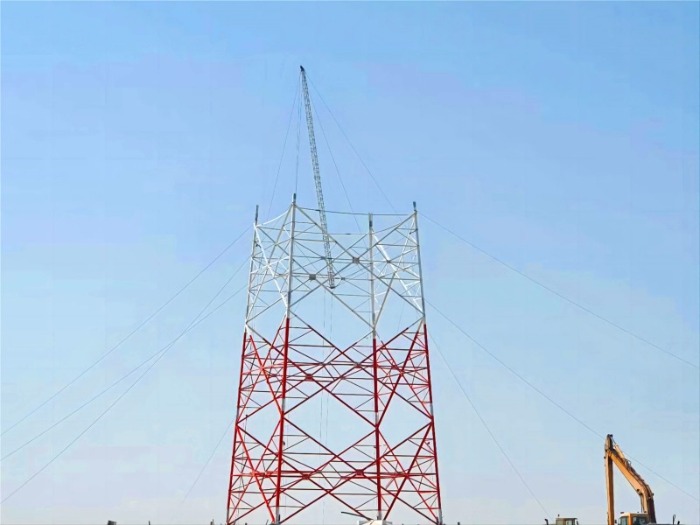
The Height Challenge: Why Conventional Designs Fail
Traditional tower designs face significant challenges when exceeding 80 meters:
-
-Exponential increase in bending moments from wind loads
-
-Buckling risks in compression members
-
-Dynamic wind effects causing complex vibration patterns
-
-Foundation stability concerns under combined loading conditions
The transition from 80 to 100+ meters represents more than just adding height – it requires a fundamental rethinking of structural principles and load management strategies.
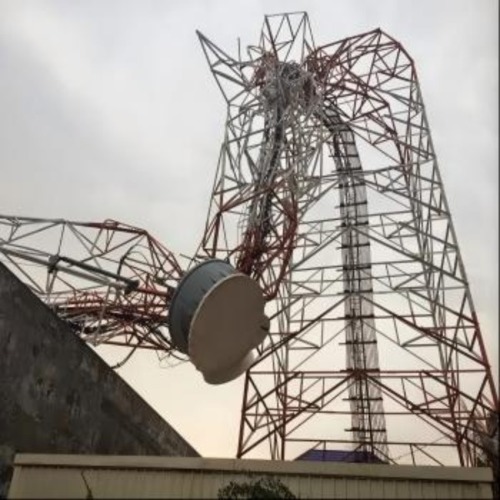
Four-Legged Configuration: The Structural Advantage
The quadrilateral geometry of 4-legged towers provides distinct advantages for extreme-height applications:
Enhanced Stability Mechanism
-
-Wider base dimensions create significantly larger resisting moments
-
-Redundant load paths distribute stresses more efficiently than three-legged designs
-
-Superior torsional rigidity prevents twisting under asymmetric loading
-
-Progressive failure prevention through multiple redundant members
Material Efficiency
-
-Optimized bracing patterns maximize strength-to-weight ratios
-
-Segmented construction allows for varying cross-sections along the height
-
-Strategic member sizing places heavier sections where stress concentrations occur
Critical Technical Considerations for 100+ Meter Towers
Advanced Buckling Analysis
Traditional Euler buckling calculations prove insufficient for ultra-tall towers. Our engineering approach incorporates:
-
-Non-linear finite element analysis to predict complex buckling modes
-
-Initial imperfection sensitivity studies accounting for fabrication tolerances
-
-Local-global interaction buckling assessment for compression members
-
-Dynamic buckling evaluation under wind-induced vibrations
Wind Engineering Innovations
At heights exceeding 80 meters, wind behavior becomes increasingly complex:
-
-Aeroelastic effects requiring specialized damping systems
-
-Wind speed gradient modeling across the tower height
-
-Vortex shedding mitigation through helical strakes or tuned mass dampers
-
-Directional wind analysis for site-specific loading conditions
Non-Linear Dynamic Response
Our design methodology addresses several critical dynamic phenomena:
-
-Galloping instability prevention through member shape optimization
-
-Wake-induced vibrations in multi-tower configurations
-
-Rain-wind induced vibrations and their mitigation
-
-Seismic-wind combination effects for regions with multiple hazards
Foundation Engineering for Extreme Heights
The foundation system for 100+ meter towers represents one of the most critical design elements:
Soil-Structure Interaction
-
-Deep foundation solutions using large-diameter bored piles
-
-Pile group efficiency optimization for lateral load resistance
-
-Soil-structure interaction modeling to accurately predict deformations
-
-Uplift resistance mechanisms using underreamed piles or rock anchors
Advanced Foundation Types
-
-Raft foundations with integrated pile systems for difficult soil conditions
-
-Rock-socketed foundations in mountainous terrain
-
-Slab-base designs with ground improvement techniques
-
-Multi-level foundation systems for sloped sites
Case Study: 118-Meter Tower Project
A recent project demonstrates our approach to extreme-height tower design:
Project Specifications
-
Height: 118 meters
-
Location: Coastal region with high wind speeds
-
Loading: Multiple carrier antennas + microwave links
-
Design life: 50 years
Technical Solutions Implemented
-
-Hybrid bracing system combining K-bracing and X-bracing patterns
-
-Tuned mass damper at 95-meter level for vibration control
-
-Rock-anchored foundation with 32-meter deep piles
-
-Progressive member sizing with heavier angles at lower sections
Performance Results
-
-Natural frequency: 0.45 Hz, well separated from vortex shedding frequencies
-
-Peak acceleration: <15 mg under 50-year wind conditions
-
-Foundation settlement: <12 mm after 2 years of monitoring
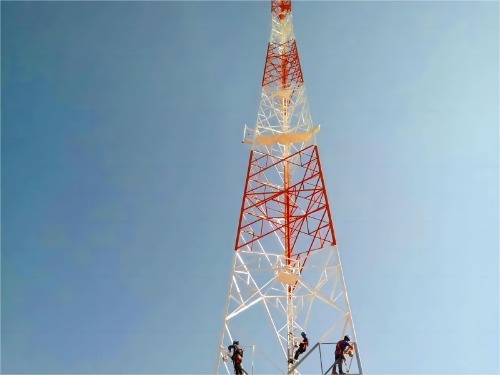
Material and Fabrication Innovations
High-Strength Steel Applications
- -Q420 steel (yield strength 420 MPa) for critical compression members
- -Hybrid construction using varying steel grades based on stress requirements
- -Cold-formed angles with enhanced buckling resistance
Advanced Connection Design
-
-High-strength bolting with pre-tensioned connections
-
-Moment-resistant joints at key structural intersections
-
-Slip-critical connections for fatigue-sensitive locations
Monitoring and Maintenance Considerations
Ultra-tall towers require specialized monitoring systems:
-
-Structural health monitoring with strain gauges and accelerometers
-
-Foundation settlement monitoring using precision instruments
-
-Corrosion protection systems with enhanced coating specifications
-
-Robotic inspection systems for difficult-to-access areas
Future Directions: Beyond 150 Meters
The engineering frontier continues to advance with several emerging technologies:
-
-Composite materials combining steel with carbon fiber elements
-
-Active damping systems using real-time response control
-
-Digital twin technology for predictive maintenance
-
-Adaptive structures that modify their properties in response to loading
Conclusion: Engineering Without Height Limits
The 4-legged angle steel tower design represents a proven solution for pushing beyond the conventional 80-meter barrier. Through advanced buckling analysis, sophisticated wind engineering, and innovative foundation design, these structures can safely reach 100+ meters while maintaining operational reliability.
As network demands continue to evolve, the ability to build higher will remain crucial for providing comprehensive coverage and capacity. The 4-legged configuration, with its inherent stability and redundant load paths, provides the engineering foundation for these next-generation towers.
At Qingdao Altai Tower, we're committed to advancing tower technology through rigorous engineering and innovative design. Our experience with extreme-height projects demonstrates that with the right approach, there are no inherent limits to how high we can build – only new engineering challenges to solve.
Learn more at www.alttower.com
